|
Courtesy of Archaeology Southwest Guest post by Istara Freedom (May 24, 2023)—My name is Istara Freedom. Born in Arizona, I spent my first 12 years in the Southwest, in the Four Corners area, around what is known as Bears Ears and Moab, Utah. We moved to the coast, and many years later, I discovered the long history my mom’s family has in New Mexico. Growing up, I wasn’t very aware of my mom’s complete heritage or the long, complex story of her and other Indigenous and European—primarily Spanish and Basque—peoples in the making of the Southwest. At one point, I became aware that my mom knew she was part Pueblo. Once on a visit to Abiquiu and the Abiquiu Inn and bookstore, I was drawn to look at books specific to the village, and quickly noticed my mom’s family surnames were prominent in several books. As I got to know Abiquiu better, I learned about the village and the Pueblo, which I had no idea was as rich, dense, and layered with a story that was formed before this country even became America as we know it. This story is layered with Spanish colonists and Indigenous Tribes, both local and migrating, and part of the vast undertaking that formed New Spain, then New Mexico, a history not to be covered here. I now know that this complicated narrative is a huge part of my family, my story, and the creation of my DNA. On a trip to Abiquiu, I learned about the Pueblo de Abiquiu Library and Cultural Center, and I began in-depth research with the extensive records collection there. In time, I got my mom to submit her DNA for analysis, which showed an unsurprising combination of about two-thirds Spanish and one-third Native American. One Abiquiu visit coincided with talks being given on New Mexico genealogy and a specific DNA study of Abiquiu residents, for which I was able to submit my Mom’s DNA. The studies indicate that her mtDNA comes from the Pueblo people, meaning that her earliest known female ancestor on this continent was likely of Pueblo descent. As it turns out, my family line, originating with the Spanish colonists, spent over 150 years in Abiquiu and surrounding areas in Rio Arriba County. I learned the term Genízaro, as well as how to pronounce it—heˈni zaɾo. Abiquiu is defined as a Genízaro village. Genízaros include individuals from many Native American Tribes enslaved by Spanish colonists or by other Tribes during raids and skirmishes. “They are living heirs to Native American slaves. In the 18th and 19th centuries, Native American women and children captured in warfare were bought, converted to Catholicism, taught Spanish and held in servitude by New Mexican families. Ultimately, these nontribal, Hispanicized Indians assimilated into New Mexican society.” (All Things Considered, NPR, 12/29/2016) The village of Abiquiu is located in Rio Arriba County. In every direction, there is evidence of human habitation and remnants of Indigenous and Pueblo peoples layered and dispersed in the cliffs, the hillsides, and even the village—both ancient and with some modern additions, such as Bode’s General Store and gas station. The ancient pieces of human history constitute an incredible timeline of continuous habitation for unknown millennia, from mesa top agriculture, cliffside pit houses, old Pueblo dwellings, and defensive natural fortress areas used by strong Native warriors to protect themselves from marauding Tribes and later, the Spanish settlers. My ancestors were probably on both sides of these conflicts. The Rio Chama runs through the entire area of Abiquiu, alongside US 84, and crosses under it through Barranca. Whenever I have seen the Chama, I have felt a definite yet indefinable emotion. It made more sense when, in the course of my research, I came across a record of a petition for land along the Chama by my great grandfather in the early 1800s. Although I could not find any records of an outcome to the petition, I can only imagine the dire importance of this water to my ancestors and all peoples who lived in these areas since the beginning of human habitation. In the Merced del Pueblo de Abiquiu, there is a plaza, with the main features being the St. Thomas the Apostle Catholic Parish and more recent structures, including the Georgia O’Keeffe home and the tiny library that also houses the cultural center. Surrounding the plaza are residential dwellings from old and crumbling adobes to a modern, vintage mobile home. There are only dirt roads here, no street lamps, crosswalks, or signage. On some roads, there are cattle crossings, and in two places, there are Catholic Penitente Moradas, features that are specific to New Mexican Catholics, and two cemeteries, one primarily for the Pueblo, and one for the village. The layering and the impacts of dwellings, reverence, warfare, detribalization, and settlement are dense, as it seems the dust never completely settled between events that happened here to make it what it is today. At one point in my research, I found my ancestors lived at an archaeological site called Las Casitas near El Rito, New Mexico, a small town not far from Abiquiu. The adobe site of Las Casitas lies north of Abiquiu in the El Rito Valley. It was founded in the first years of the 1800s by my forebears along with other families. My family’s connection to the site has not been revealed previously, and the builder and residents were described just a couple years ago as unidentified (Snow 2020). The site was partially excavated and studied by archaeologist Herb Dick and a crew from the Museum of New Mexico, but has not been well reported (Dick 1959). My great granny Sotela Martinez, and great granddad Juan Pablo Romero lived at Las Casitas. His father, Lorenzo Romero (my great, great-grandfather), is listed in the 1850 census for the area. My great, great-grandmother Concepcion Lopez was also living at Las Casitas, along with other aunts, uncles and cousins. I visited Las Casitas with Paul Reed, who subsequently invited me to share my story in this post. Las Casitas is now part of the Carson National Forest, and it was a very strange feeling, like being in a family home that has been raided, without much left for the remaining family to recollect. I felt moved with emotion, distance, emptiness, and a wonder that is hard to describe. I feel the pangs of my forebears, as reflected in my life growing up and who I am today. At St. Thomas Parish, in Abiquiu, the annual Feast Day occurs every November. The procession begins in the Plaza, enters the Parish, then returns to the Plaza and finally moves to a private home on the Pueblo. A central aspect to this day is the young women and girls dressed in colorful attire, representing the young Indigenous women and girls that were marketed in the village of Abiquiu, allegedly saved or purchased by the Spaniards from warring Tribes and ransomed in the village marketplace for wealthy settlers to use as servants and wives. The resulting children are the ancestors of the local Genízaro community. Each of us that comes to the Feast Day for our Ancestors is here to learn, accept, forgive, and care for what was important to them. We come to recollect the beauty, understand the loss and sorrow, and protect the land. We come to soothe their collective pain, losing tribe, identity, and children, and fighting in so many wars. Now we are fighting to reclaim our understanding and our identity and to give honor, recognition, and life to those that gave us ours. Acknowledgments My inspiration for this work comes from my mom, Estella. My research has greatly benefitted from the scholarly efforts of several individuals who have been pursuing Genízaro history for many years, including Moises Gonzales, Bill Piatt, and Gary Medina Cook, among others. The recent book Slavery in the Southwest: Genizaro Identity, Dignity and the Law by Piatt and Gonzales has been most helpful. Gary Medina Cook’s recent film The Genízaro Experience is a wonderful exploration of Genízaro history and social identity. I also want to thank the Trujillo family and many other folks in Abiquiu for welcoming me. I was blessed to be welcomed to the Santo Tomas feast day by many residents of the Pueblo de Abiquiu. Sharon Garcia, librarian at the El Pueblo de Abiquiu Library & Cultural Center helped me in many ways with my research. Thanks to Paul Reed. Lastly, I want to thank Carmen López, Mayordomo of the St. Thomas Parish, for her permission, compassion, and embrace in reverence for our mutual Ancestors on sacred land in Abiquiu during the feast day ceremonies. Link to Istara's book on Amazon.
4 Comments
Tina Kleckner
7/4/2025 07:56:58 am
I first met Istara through her incredible sculpture work, I am so grateful to read her story. Thank you Istara for digging deep into your roots and sharing with us. The likeness of your and your Great Grandmother is beautiful!
Reply
Istara Freedom
8/7/2025 11:07:38 am
Tina, thank you, I’m very grateful for you and all that you do here in Abiquiu!
Reply
Rhys Greene
7/4/2025 08:02:14 am
I enjoyed reading your story. You are a lovely young woman who looks so very much like your great grandmother, Sotela. God bless you and your family and other similar families. I love Abiquiu and have visited there a couple of times. I hope to return again.
Reply
Istara Freedom
8/7/2025 11:11:46 am
Thanks Rhys, for the lovely comment and taking the time to read and comment here! 💐✨
Reply
Your comment will be posted after it is approved.
Leave a Reply. |
Submit your ideas for local feature articles
Profiles Gardening Recipes Observations Birding Essays Hiking AuthorsYou! Archives
October 2025
Categories
All
|
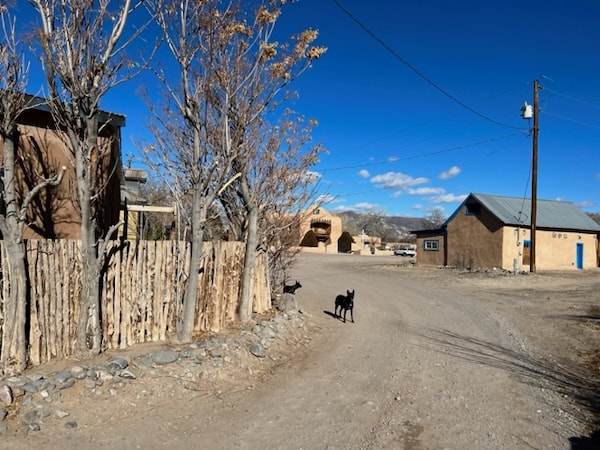
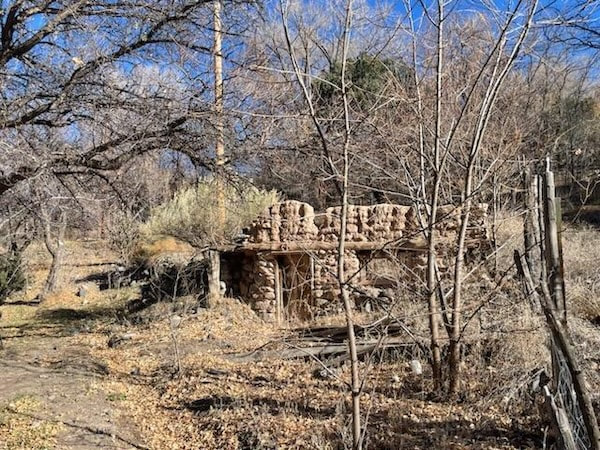
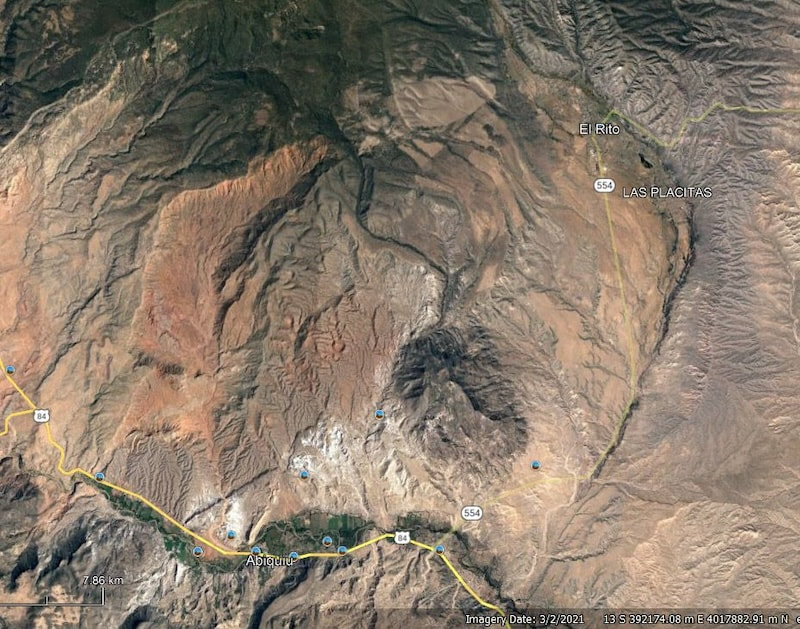
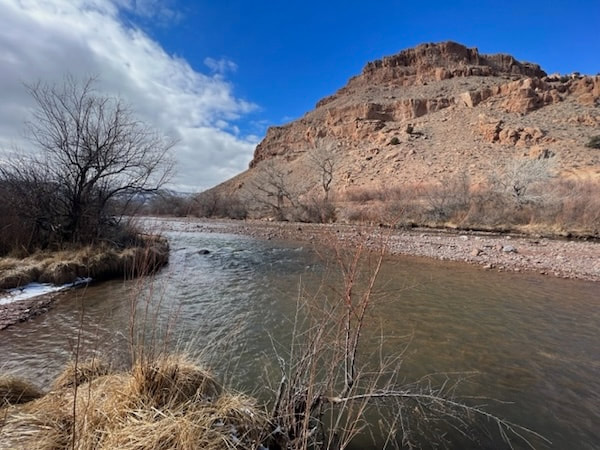
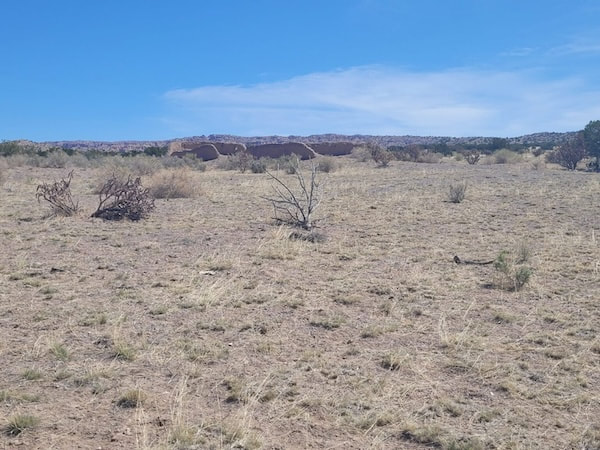
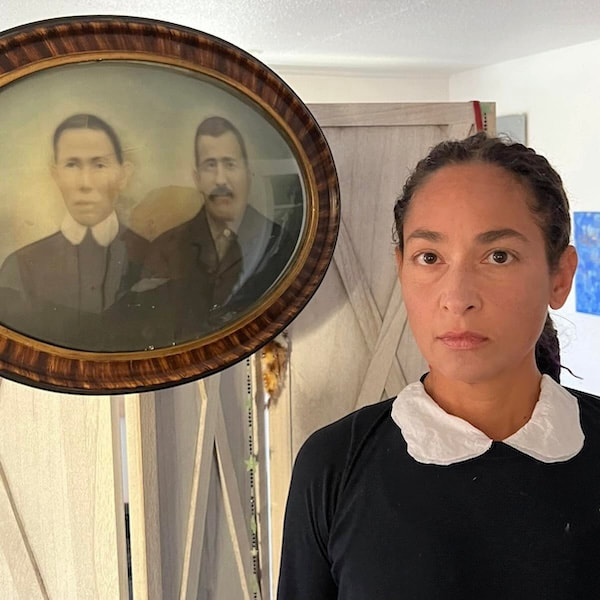
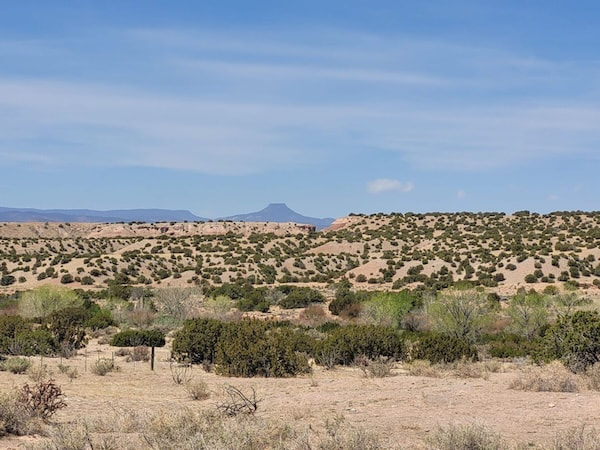
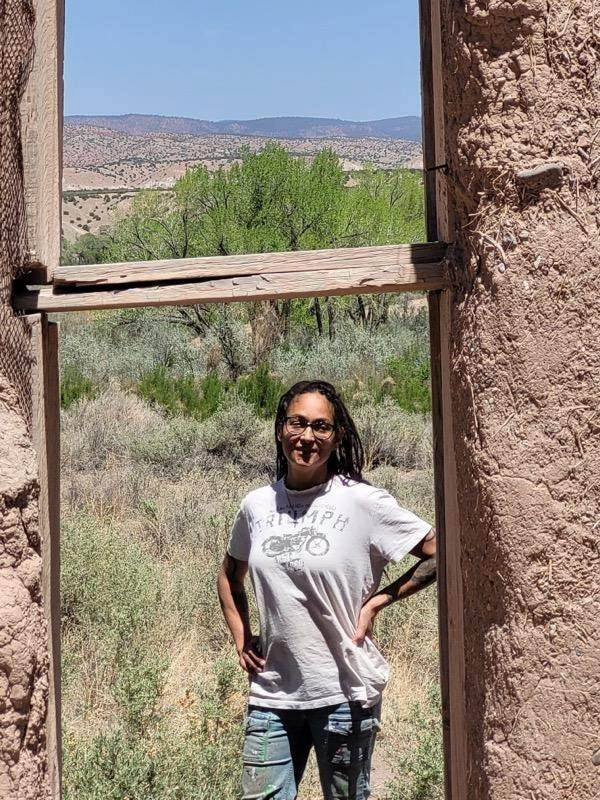
 RSS Feed
RSS Feed